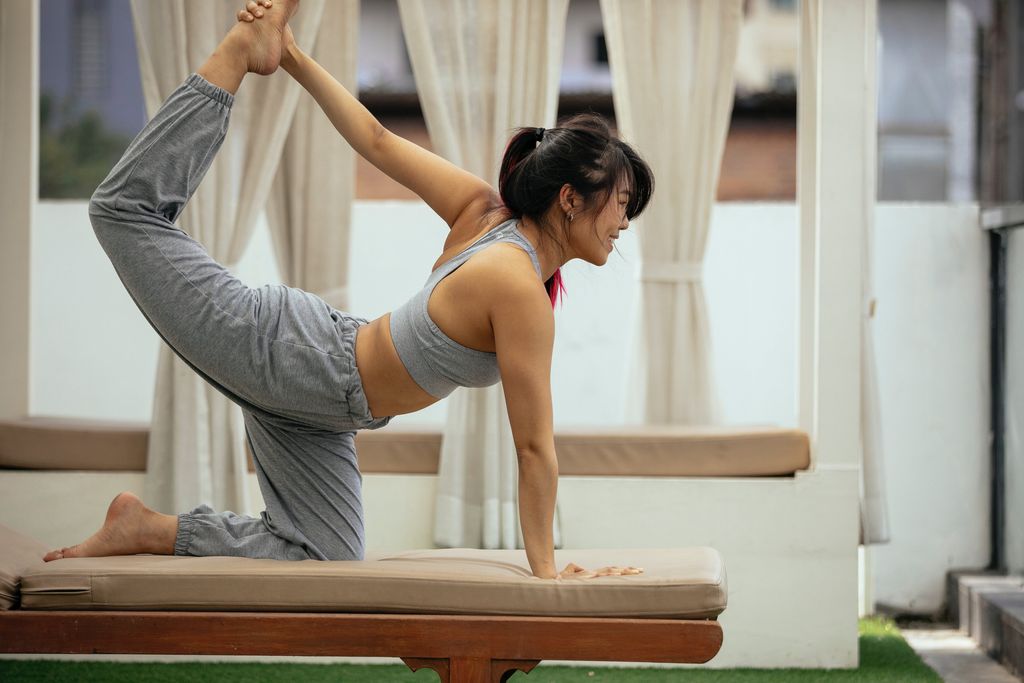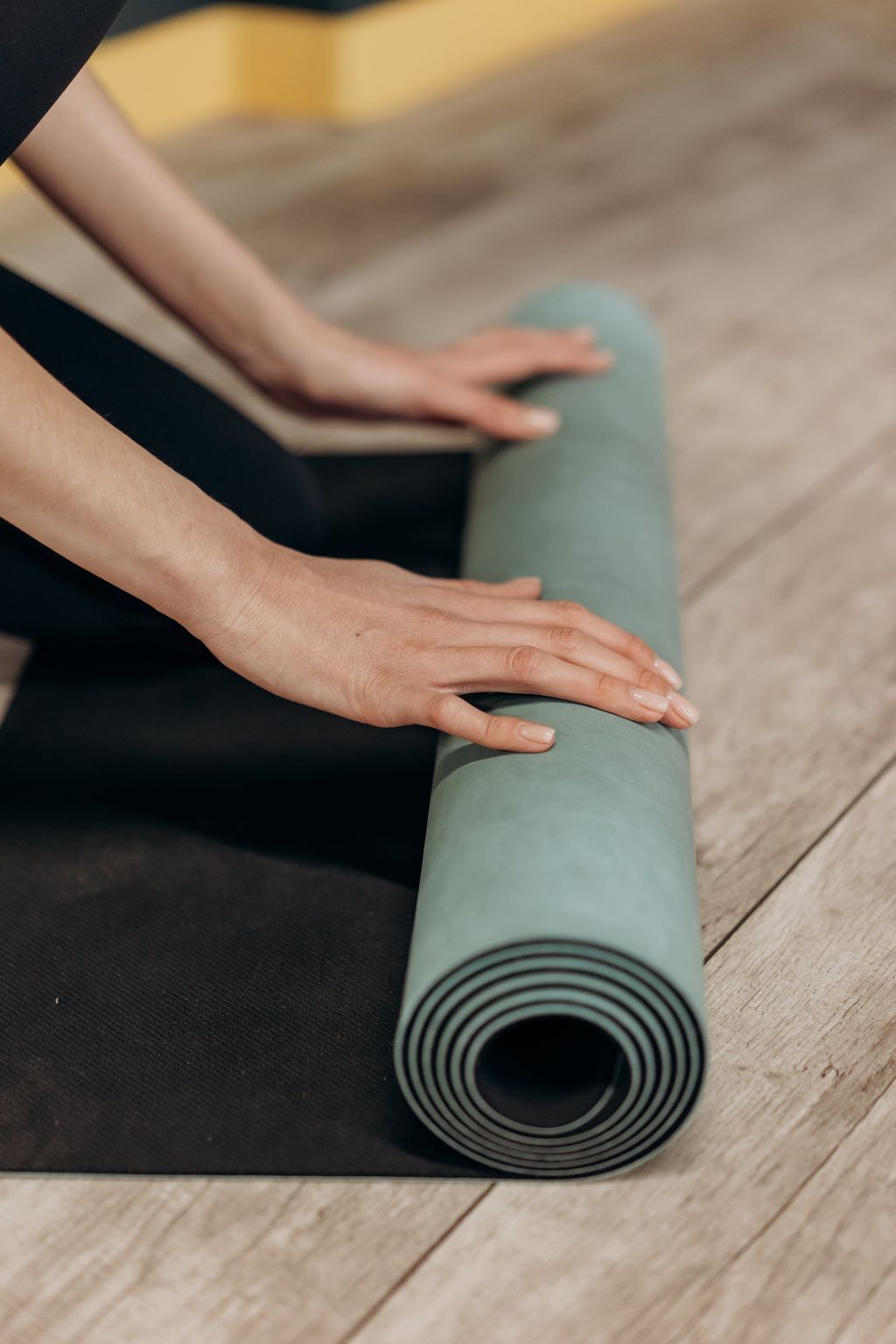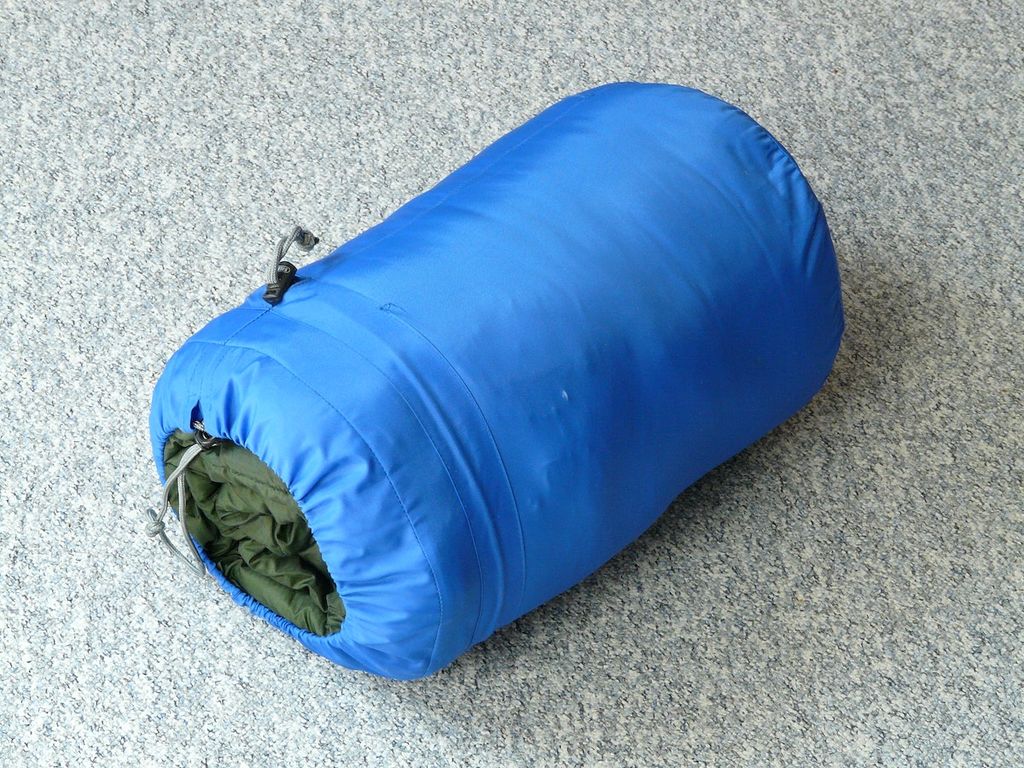
Finding the Perfect Thick Yoga Mat for Your Needs
Finding the perfect thick yoga mat is crucial for a comfortable and effective yoga practice. A thick mat provides extra cushioning and support, allowing you to hold poses for longer periods without discomfort. In this article, we will explore the importance of a thick yoga mat, factors to consider when choosing one, different types of thick mats available, how to find the right thickness for your practice, top thick yoga mats on the market, and tips for caring for your mat.
Key Takeaways
- A thick yoga mat offers additional cushioning and support, making your practice more comfortable.
- Consider factors such as material, thickness, grip, and size when choosing a thick yoga mat.
- Different types of thick yoga mats include PVC mats, rubber mats, cork mats, and eco-friendly mats.
- The right thickness for your yoga practice depends on your comfort level and the type of yoga you practice.
- Top thick yoga mats on the market include Brand A, Brand B, and Brand C.
Understanding the Importance of a Thick Yoga Mat
Benefits of Using a Thick Yoga Mat
Using a thick yoga mat can greatly enhance your yoga practice. The extra cushioning provides more support and comfort for your joints, allowing you to hold poses for longer periods of time. It also helps to reduce the impact on your knees, wrists, and elbows, making it ideal for those with sensitive joints or injuries. Additionally, a thick yoga mat provides better insulation from hard surfaces, allowing you to practice on any type of flooring without discomfort.
How a Thick Yoga Mat Enhances Your Practice
A thick yoga mat provides several benefits that enhance your practice. Firstly, it offers superior cushioning and support, allowing you to comfortably hold poses for longer periods of time. This can help reduce strain on your joints and prevent injuries. Additionally, the extra thickness provides insulation, keeping you warm and comfortable during floor exercises. The added cushioning also helps absorb impact, making it ideal for high-impact practices like Ashtanga or power yoga. Overall, a thick yoga mat enhances your practice by providing the necessary comfort, support, and stability.
Factors to Consider When Choosing a Thick Yoga Mat
Material and Durability
When choosing a thick yoga mat, it is important to consider the material and durability. The material of the mat determines its texture, grip, and overall performance. Some common materials used for thick yoga mats include PVC, rubber, cork, and eco-friendly materials. Each material has its own benefits and considerations. In terms of durability, you want a mat that can withstand regular use and maintain its quality over time. Look for mats that are made with high-quality materials and have good reviews for durability.
Thickness and Cushioning
When choosing a thick yoga mat, one important factor to consider is the thickness and cushioning it provides. The thickness of the mat determines the level of support and comfort it offers during your practice. A thicker mat can provide extra cushioning for your joints, making it ideal for those who have sensitive knees or wrists. It can also help prevent injuries by absorbing impact and reducing strain on your body. However, it's important to find a balance between thickness and stability, as a mat that is too thick may compromise your balance and stability during certain poses.
Grip and Traction
Grip and traction are crucial factors to consider when choosing a thick yoga mat. A mat with good grip and traction will help prevent slipping and provide stability during your practice. It is important to look for a mat that has a non-slip surface and offers excellent grip, especially if you practice vigorous or hot yoga. Additionally, a mat with good traction will allow you to maintain proper alignment and hold poses with confidence.
Size and Portability
When choosing a thick yoga mat, it's important to consider the size and portability. Size refers to the dimensions of the mat, while portability refers to how easy it is to carry and transport the mat. Here are a few factors to keep in mind:
- Weight: A thick yoga mat may be heavier than a standard mat, so consider if you'll be carrying it to and from classes.
- Foldability: Some thick mats can be folded for easier storage and transportation.
- Straps or handles: Look for mats that come with straps or handles for convenient carrying.
Remember, the size and portability of your mat should align with your lifestyle and yoga practice. Choose a mat that fits your needs and allows you to practice yoga comfortably wherever you go.
Different Types of Thick Yoga Mats
PVC Mats
PVC mats are a popular choice among yoga practitioners due to their durability and affordability. These mats are made from a synthetic material called polyvinyl chloride (PVC), which provides excellent cushioning and support. PVC mats are known for their non-slip surface, ensuring stability during yoga poses. They are also easy to clean and maintain, making them a convenient option for regular use. However, it's important to note that PVC mats may not be the most eco-friendly choice, as they are not biodegradable.
Rubber Mats
Rubber mats are a popular choice among yogis due to their excellent grip and traction. They provide a stable surface that helps prevent slipping and sliding during your practice. Rubber mats are also known for their durability, making them a long-lasting investment. Additionally, rubber mats are eco-friendly as they are often made from natural and sustainable materials. If you prefer a mat with a good grip and want to support the environment, a rubber mat is a great option.
Cork Mats
Cork mats are a popular choice among yogis due to their unique properties and eco-friendly nature. Made from natural cork, these mats provide excellent grip and traction, allowing you to hold your poses with stability and confidence. Cork mats are also known for their durability, as they are resistant to wear and tear. Additionally, cork mats are antimicrobial, meaning they naturally repel bacteria and odors, keeping your mat clean and fresh. If you're looking for a sustainable and high-performing yoga mat, cork mats are an excellent option.
Eco-Friendly Mats
When it comes to eco-friendly mats, there are several options available. These mats are made from sustainable materials that are gentle on the environment. They are free from harmful chemicals and toxins, making them a great choice for those who prioritize sustainability. Some popular eco-friendly mat options include PVC-free mats, rubber mats made from natural rubber, cork mats, and mats made from recycled materials. These mats not only provide the thickness and cushioning you need for your practice but also contribute to a greener planet.
Finding the Right Thickness for Your Yoga Practice
Determining Your Comfort Level
Determining your comfort level is crucial when choosing a thick yoga mat. It is important to find a mat that provides enough cushioning and support for your body. Consider factors such as your body weight, joint sensitivity, and any specific needs or injuries you may have. Finding the right thickness can make a significant difference in your yoga practice. Here are some tips to help you determine your comfort level:
Considering the Type of Yoga You Practice
When choosing a thick yoga mat, it's important to consider the type of yoga you practice. Different styles of yoga require different levels of support and cushioning. For more intense and dynamic practices like Ashtanga or Vinyasa, a thicker mat with extra cushioning can help absorb impact and provide stability during challenging poses. On the other hand, for slower-paced practices like Yin or Restorative yoga, a slightly thinner mat may be more suitable to allow for better connection with the ground and deeper stretches.
Top Thick Yoga Mats on the Market
Brand A: Features and Benefits
Brand A offers a thick yoga mat that provides excellent cushioning and support for your yoga practice. The mat is made from high-quality materials that ensure durability and longevity. It has a non-slip surface that offers great grip and traction, allowing you to hold your poses with confidence. The mat is also lightweight and portable, making it easy to carry to your yoga classes or wherever you go. With Brand A's thick yoga mat, you can enhance your practice and experience the benefits of a comfortable and supportive surface.
Brand B: Features and Benefits
The B YOGA B Mat Strong is a high-quality thick yoga mat made of 100% rubber. It features open-cell technology that prevents sweat from pooling on the surface, allowing you to stay focused on your practice. The 6mm thickness provides excellent cushioning and support for your joints. The mat is sticky and provides a good grip, ensuring stability during your poses. It is also durable and long-lasting, making it a great investment for your yoga practice.
Brand C: Features and Benefits
Brand C offers an extra thick yoga mat that measures 72"(183cm) x 32" (80cm) with a thickness of 12 mm. This mat is designed to provide optimal cushioning and support for your yoga practice. It is suitable for use in the studio or at home, making it an ideal all-purpose fitness mat. The mat is made of high-quality materials that ensure durability and longevity. With its excellent grip and traction, you can confidently perform various yoga poses without worrying about slipping. Additionally, the mat is easy to clean and maintain, allowing you to keep it in great condition for a long time.
How to Care for Your Thick Yoga Mat
Cleaning and Maintenance Tips
Proper cleaning and maintenance of your thick yoga mat is essential to ensure its longevity and hygiene. Here are some tips to keep your mat in top condition:
-
Regularly wipe down your mat with a mild soap and water solution to remove sweat, dirt, and bacteria.
-
Avoid using harsh chemicals or abrasive cleaners that can damage the mat's surface.
-
Allow your mat to air dry completely before rolling it up or storing it to prevent mold and mildew.
-
If your mat becomes heavily soiled, you can deep clean it by soaking it in a bathtub filled with warm water and gentle detergent.
-
Avoid exposing your mat to direct sunlight for extended periods as it can cause fading and deterioration.
-
Store your mat in a cool, dry place away from direct sunlight and extreme temperatures.
Remember, a clean and well-maintained mat not only enhances your yoga practice but also promotes a healthy and hygienic environment.
Storing and Transporting Your Mat
When it comes to storing and transporting your thick yoga mat, there are a few things to keep in mind. First, make sure you have a designated space for your mat at home. This could be a yoga mat bag or a dedicated shelf. Keeping your mat in a clean and dry area will help prolong its lifespan.
When you need to take your mat on the go, consider investing in a yoga mat strap or carrying bag. These accessories make it easy to carry your mat to and from the studio or gym. Look for a strap or bag that is adjustable and comfortable to wear.
Lastly, remember to clean your mat regularly to maintain its hygiene. Use a gentle mat cleaner or a mixture of water and mild soap to wipe down your mat after each use. Allow it to air dry completely before rolling it up and storing it away. By taking proper care of your thick yoga mat, you can ensure it stays in great condition for years to come.
Are you looking for tips on how to care for your thick yoga mat? Look no further! At Yune Yoga, we understand the importance of maintaining your yoga mat to ensure its longevity and hygiene. Our article section, 'How to Care for Your Thick Yoga Mat', provides you with all the information you need to keep your mat in top condition. From cleaning techniques to storage tips, we've got you covered. Visit our website to learn more about our wide range of yoga mats and fitness and health accessories. Join the #YuneYoga community and take your yoga practice to the next level!
Conclusion
In conclusion, finding the perfect thick yoga mat for your needs is essential for a comfortable and effective yoga practice. With the wide variety of options available, it's important to consider factors such as thickness, material, and durability. Whether you prefer a mat with extra cushioning for joint support or a mat with a non-slip surface for stability, there is a mat out there that will meet your specific requirements. Remember to prioritize your comfort and safety during your yoga sessions, as a high-quality mat can make a significant difference in your overall experience. So, take your time, do your research, and find the perfect thick yoga mat that will support you on your yoga journey.
Frequently Asked Questions
1. How thick should a yoga mat be?
The thickness of a yoga mat depends on personal preference and the type of yoga you practice. Generally, a mat between 4-6mm is considered thick enough to provide adequate cushioning and support.
2. Are thick yoga mats heavy?
Thick yoga mats can be slightly heavier than thinner mats due to the extra cushioning. However, the weight difference is usually minimal and should not significantly affect your practice or portability.
3. Can I use a thick yoga mat for hot yoga?
Yes, you can use a thick yoga mat for hot yoga. However, it's important to choose a mat with good grip and traction to prevent slipping when you sweat. Look for mats made of non-slip materials like rubber or cork.
4. Are thick yoga mats suitable for beginners?
Thick yoga mats can be suitable for beginners as they provide extra cushioning and support, making it more comfortable to practice certain poses. However, it ultimately depends on personal preference and comfort level.
5. How do I clean a thick yoga mat?
To clean a thick yoga mat, you can use a mild detergent or a yoga mat cleaner. Gently scrub the mat with a soft cloth or sponge, then rinse with water and allow it to air dry. Avoid using harsh chemicals or abrasive materials that can damage the mat.
6. Can I use a thick yoga mat for travel?
Thick yoga mats are generally less portable than thinner mats due to their size and weight. If you need a mat for travel, consider a thinner and more lightweight option that can be easily folded or rolled up.


